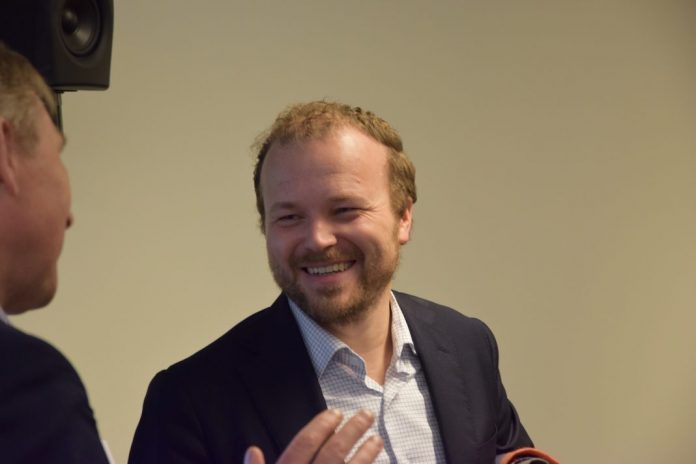“We have mostly buy recommendations on all salmon stocks, but we will emphasise Lerøy Seafoods and Norway Royal Salmon (NRS) who have received a lot of beating recently,” said Sparebank1 Markets salmon analyst Tore Tønseth.
Just as his competitor Pareto Securities, Tønseth picks Lerøy as a good buy. Lerøy’s share has fallen steadily since mid-November last year, when it reached a preliminary peak of just below NOK 80 per share. On Wednesday morning, it’s was being traded for around NOK 63.
Tønseth also highlighted another share that has fallen sharply in the same period. NRS was NOK 250 per share at the beginning of November last year. Today, you can trade the stock on the Oslo Stock Exchange for close to NOK 200.
With a buy recommendation on virtually the entire sector, Tønseth believes the salmon sector remains attractive. This is in stark contrast to what DNB Markets analyst Alexander Aukner believes, who predicts a tougher year for the sector and for prices to be somewhere around the 56 kroner mark.
“We believe salmon prices will remain around the 60s (EUR 6.1) and believe there will be limited volume pressure this year,” he said.
Potential in the sea
Tønseth said that he believes that there is growth potential in the sea, in that there are 5-6 per cent more individuals in the water now than there was last year. At the same time, he believes the supply side is looking tight for the next 6-8 months.
“Some may focus on very high smolt output in the last six months, but we think it is important to keep in mind that the spring outlook in 2018 was very weak, and in addition to that we have one designated now in 2019 due to hot sea temperatures. A year over year comparison is therefore somewhat erroneous,” he said.
He believes many still are overestimating the potential in the sea.
“After several years of biological problems, we’ve registered that several farmers want a sufficient amount of smolt available, in which MTB can be used more efficiently. Typical feedback we get is that producers are happy to harvest some smaller fish on full MTB than to invest in good biology and higher weights,” added Tønseth, explaining that: “Our point is: Despite this, harvest weights do not automatically go up and the growth in the number of individuals, in practice, is what is realistic to get into growth.”
Price development in 2019
In 2018, there was almost ten per cent more biomass when we entered the new year, yet only a four per cent increase in harvest volume was registered.
“We have probably become somewhat more production pessimists after last year. There is no quick fix to extract the growth potential that lies there. And with more biomass in the sea this year and higher sea temperatures, the actual risk is that there will be greater problems this year,” said Tønseth.
Though he has good faith in 2019’s salmon prices.
“We are comfortable with the prices now going over the NOK 60 mark (EUR 6.1) in the first half. Autumn 2018’s generation is not yet available in any particular volume before the fourth quarter. We therefore also believe that prices in the third quarter can be good,” said Tønseth.
“The interesting thing is that if you assume that 2017’s fish are harvested and that we are now left with autumn 2017 and 2018’s for the next 6-8 months. Then these two generations had one percentage fewer individuals and two per cent less biomass year-over-year, than when we entered February. In our eyes, this looks very promising in regards to price development,” explained the Sparebank1 Markets analyst.

